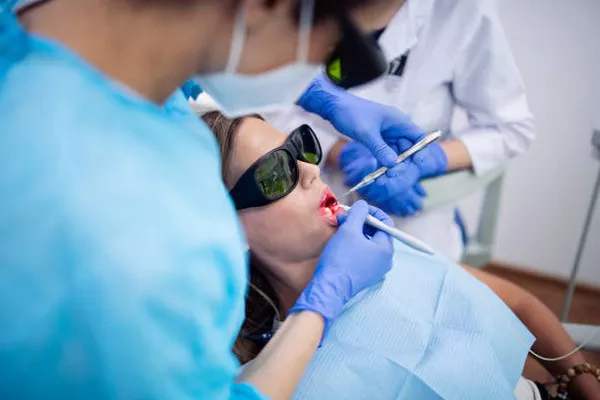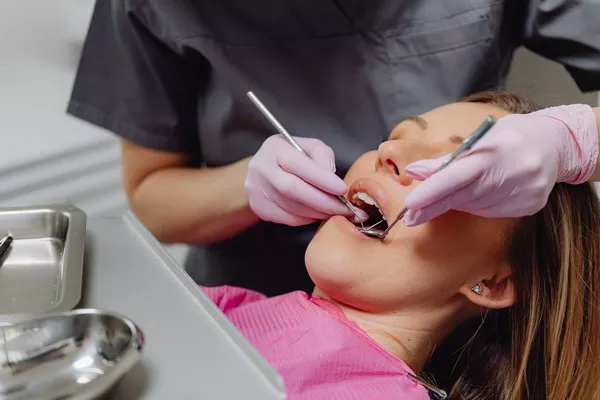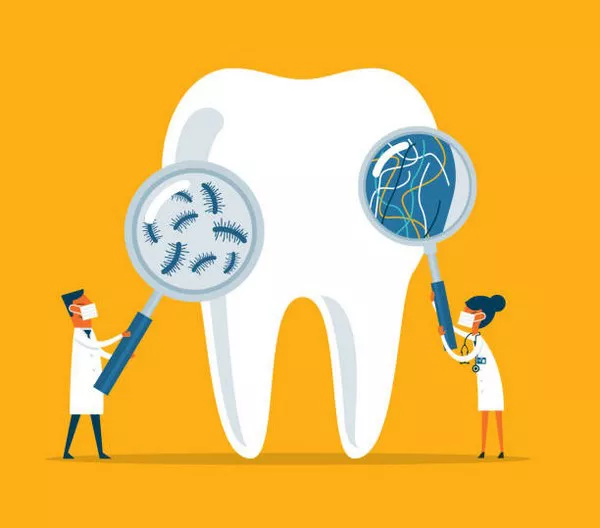Orthodontic treatment, including the use of braces, is a common solution for correcting misaligned teeth and achieving a confident smile. However, one of the primary concerns for individuals considering orthodontic treatment is the cost involved. In this article, we delve into the specifics of bottom braces, exploring the average cost range, types of braces available, factors influencing cost, insurance coverage, payment plans, initial consultations, additional costs, and how to effectively compare costs between orthodontists.
Average Cost Range
The cost of bottom braces can vary significantly depending on various factors. On average, the cost for bottom braces typically falls within a range of $2,000 to $7,000. It’s important to note that this range is just an estimate and actual costs can vary widely based on geographic location, the complexity of the case, and the type of braces used.
Types of Braces
There are several types of braces available for correcting misaligned bottom teeth. Each type comes with its own set of advantages and costs:
Traditional Metal Braces: These are the most common type of braces and are typically the most affordable option. They consist of metal brackets that are bonded to the teeth and connected by wires. While they are highly effective, some individuals may be hesitant due to their noticeable appearance.
Ceramic Braces: Ceramic braces are similar to traditional metal braces but use clear or tooth-colored brackets and wires, making them less noticeable. However, they tend to be more expensive than metal braces.
Lingual Braces: Lingual braces are attached to the back of the teeth, making them virtually invisible from the front. Because of their customized nature and placement, they are often the most expensive option.
Clear Aligners: Clear aligners, such as Invisalign, are removable trays that gradually straighten teeth over time. They are nearly invisible and offer added convenience. However, they may not be suitable for complex orthodontic issues and can be more costly compared to traditional braces.
Factors Affecting Cost
Several factors can influence the cost of bottom braces:
Duration of Treatment: Longer treatment durations may result in higher overall costs.
Severity of Dental Issues: The complexity of the case can impact the required treatment and, consequently, the cost.
Additional Dental Work: Some individuals may require additional procedures, such as tooth extractions or gum treatments, which can increase the overall cost.
Orthodontist’s Experience: Orthodontists with more experience or specialized training may charge higher fees for their services.
It’s essential to discuss these factors with your orthodontist during the initial consultation to understand how they may affect the overall cost of treatment.
see also: How Long Orthodontic Treatment
Insurance Coverage
Dental insurance plans often provide coverage for orthodontic treatment, including braces. However, coverage can vary significantly depending on the specific plan. Some insurance plans may cover a percentage of the cost, while others may have a lifetime maximum benefit for orthodontic treatment.
When considering insurance coverage for bottom braces, it’s important to:
- Review your insurance plan’s coverage for orthodontic treatment, including any limitations or exclusions.
- Determine the percentage of coverage and any out-of-pocket expenses you may be responsible for.
- Confirm whether pre-authorization is required before beginning treatment.
Payment Plans and Financing
Many orthodontic practices offer flexible payment plans and financing options to make orthodontic treatment more affordable for patients. Common options include:
Monthly Payment Plans: Orthodontic practices may offer monthly payment plans with no or low-interest rates, allowing patients to spread the cost of treatment over time.
Third-Party Financing: Some orthodontic practices partner with third-party financing companies to offer extended payment plans with fixed monthly payments.
Health Savings Accounts (HSAs) or Flexible Spending Accounts (FSAs): These accounts allow individuals to set aside pre-tax dollars to cover medical expenses, including orthodontic treatment.
In-House Financing: Some orthodontic practices may offer in-house financing options directly to patients.
Before committing to a payment plan or financing option, it’s important to carefully review the terms and conditions, including interest rates, fees, and repayment terms.
Initial Consultation
The initial consultation with an orthodontist is a crucial step in the orthodontic treatment process. During this appointment, the orthodontist will:
- Conduct a thorough examination of your teeth and bite.
- Discuss your treatment goals and options for bottom braces.
- Provide a personalized treatment plan and cost estimate based on your specific dental needs.
It’s essential to schedule consultations with multiple orthodontists to compare treatment plans, costs, and overall comfort levels before making a decision.
Additional Costs
In addition to the cost of bottom braces, there may be additional expenses to consider:
X-Rays and Diagnostic Tests: Some orthodontic practices may charge for x-rays or other diagnostic tests conducted during the treatment planning process.
Retainers: After completing orthodontic treatment, patients typically need to wear retainers to maintain the results. The cost of retainers may be separate from the cost of braces.
Emergency Visits: In rare cases, emergency visits may be necessary during orthodontic treatment. It’s important to inquire about any potential fees for emergency appointments upfront.
see also: Unraveling the Need for Orthodontics: A Comprehensive Guide
Comparing Costs
When comparing costs between different orthodontists, it’s essential to consider more than just the price:
Quality of Care: Look for orthodontists who are experienced, knowledgeable, and have a track record of successful outcomes.
Reputation of the Practice: Read reviews and testimonials from previous patients to gauge the reputation of the orthodontic practice.
Technology and Facilities: Consider the technology and facilities available at each orthodontic practice, as these can impact the efficiency and effectiveness of treatment.
Location and Convenience: Choose an orthodontic practice that is conveniently located and offers flexible appointment times to accommodate your schedule.
By taking these factors into account, you can make an informed decision about the best orthodontic provider for your bottom braces treatment.
Conclusion
The cost of bottom braces can vary widely depending on several factors, including the type of braces, the severity of dental issues, and the orthodontist’s experience. It’s essential to thoroughly research and discuss your options with an orthodontist to understand the total cost of treatment and explore financing options to make treatment more affordable. Remember to prioritize the quality of care and reputation of the practice when comparing costs between different orthodontists.
FAQs about Braces
1. Is it cheaper to get braces only on the bottom?
The cost of orthodontic treatment, including braces, varies depending on several factors, including the severity of the orthodontic issue, the type of braces used, the location of the dental practice, and the individual patient’s treatment plan. In some cases, getting braces only on the bottom teeth may be less expensive than getting braces on both the top and bottom teeth. However, it’s essential to consult with an orthodontist to determine the best treatment approach for your specific needs and to obtain an accurate cost estimate.
2. Can I get braces on lower teeth only?
Yes, it is possible to get braces on lower teeth only, especially if the orthodontic issue primarily affects the lower teeth or if the patient’s primary concern is related to the alignment of the lower teeth. This approach may be suitable for individuals who have minor crowding or spacing issues confined to the lower arch. However, it’s important to consider the overall alignment and bite relationship between the upper and lower teeth to achieve optimal results.
3. Why are braces so pricey?
The cost of braces reflects the quality of care, expertise of the orthodontist, materials used, and the complexity of the treatment. Several factors contribute to the cost of braces, including:
Orthodontic Specialist: Orthodontists undergo extensive training and education to specialize in the diagnosis, prevention, and treatment of dental and facial irregularities, which can contribute to the cost of treatment.
Materials and Technology: Braces are made from high-quality materials and often incorporate advanced technology to achieve precise tooth movement and optimal treatment outcomes.
Treatment Duration: The duration of orthodontic treatment can vary depending on the complexity of the case, which can affect the overall cost.
Follow-Up Care: Orthodontic treatment typically requires regular follow-up appointments for adjustments and monitoring, which are factored into the overall cost.
While braces may seem expensive upfront, they offer long-term benefits for oral health and aesthetics.
4. What is the cheapest amount of braces?
The cost of braces can vary widely depending on factors such as the type of braces, the severity of the orthodontic issue, the location of the dental practice, and any additional treatments required. Generally, traditional metal braces tend to be more affordable compared to alternative options such as ceramic braces or clear aligners. However, the cheapest amount of braces ultimately depends on the individual patient’s treatment needs and goals. It’s essential to consult with an orthodontist to discuss treatment options and obtain an accurate cost estimate based on your specific case. Additionally, many orthodontic practices offer payment plans or financing options to make braces more affordable for patients.
You Might Be Interested In































